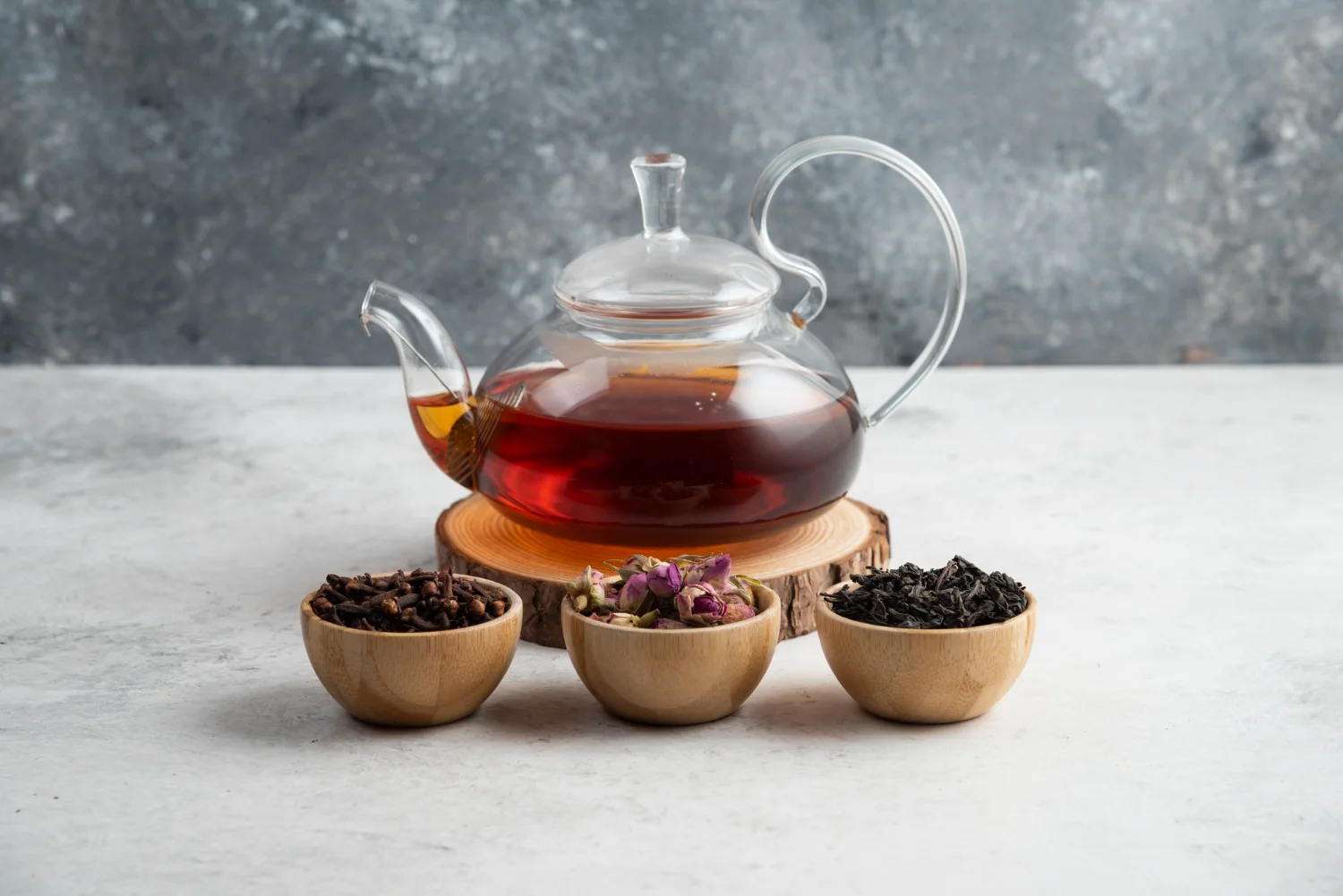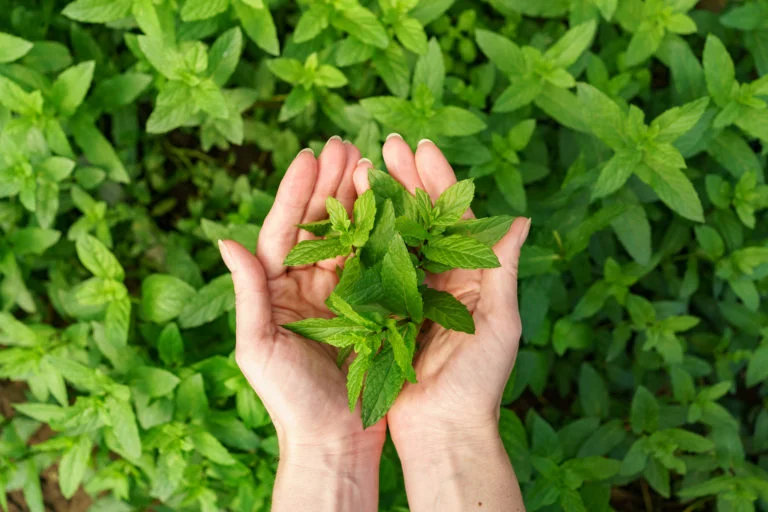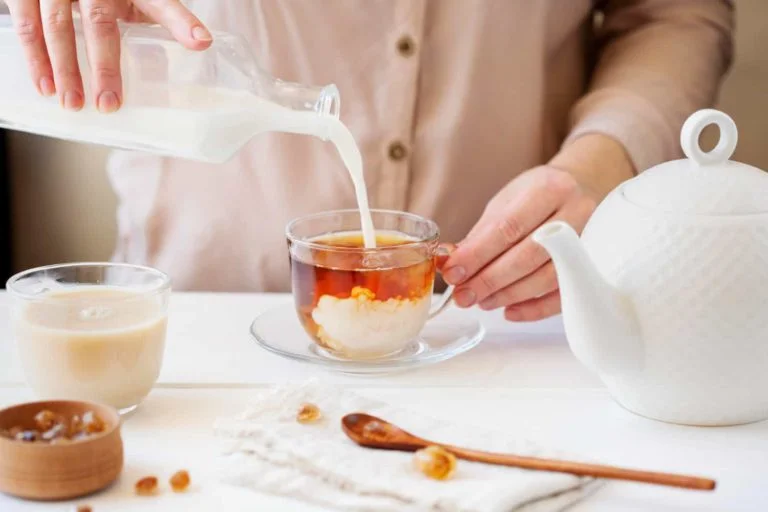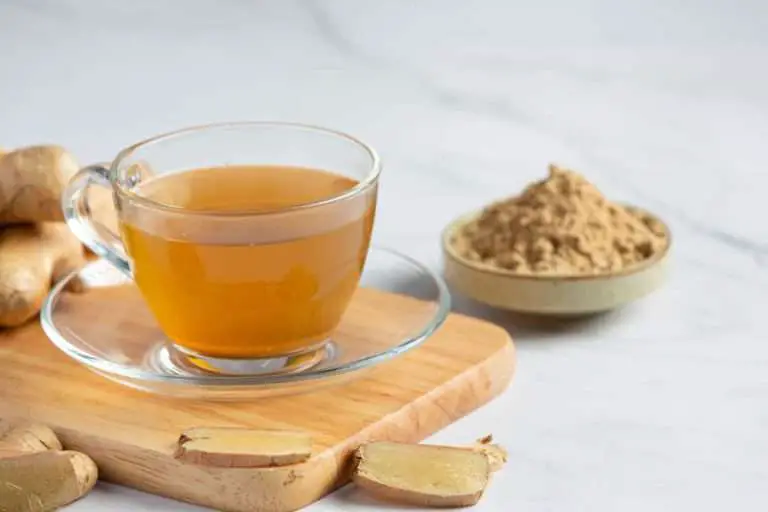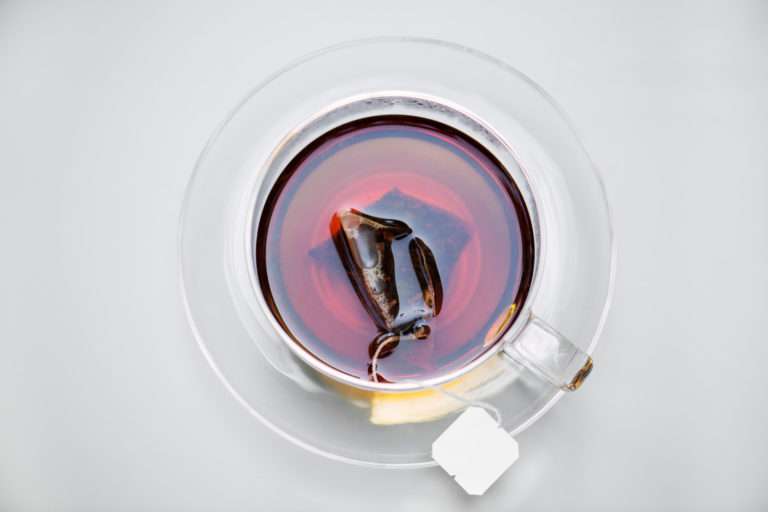10 Precious Tips to Help You Get Better at How to Use a Teapot
While teapots are a must for most tea brewers in the US, many people don’t know how to use a teapot with a strainer.
The teapot history is associated with the Yuan Dynasty in China, as it was invented. The early teapots were quite small because they were designed for a single drinker.
Today, teapots come in different sizes, and you can even find a large one that can help you brew enough tea for your family at once.
Depending on the size you want, teapots are available at pocket-friendly prices. They also come in varied designs, colors, and materials.
Whether you are looking for an easy way to prepare an afternoon pick-me-up beverage or want to make sweet tea for your family, it’s essential to learn how to use a teapot.
In this article, you will discover ten precious tips to help you better use a teapot. But first, let’s understand what a teapot is.
What is a Teapot?
Teapots are vessels mainly used for soaking tea leaves or herbal mixtures in hot or boiling water to extract flavors.
In most cases, the teapot is used for serving the final mix, which is known as tea. Here, a tea strainer comes in handy when pouring to catch the leaves inside the pot.
Teapots usually come with a lid where you pour hot water and tea leaves, a handle for holding the vessel, and a spout for pouring tea into cups.
Most of them are made with porcelain as this material is efficient in holding temperature and is easy to clean. But there are other materials like stainless steel, glass, ceramic, clay, and more.
In modern days, teapots come with thermally insulating covers to improve the steeping process and prevent the infusion from cooling too fast.
Unfortunately, some people confuse the teapot with tea kettle when these are two different vessels that are created to serve different purposes.
If you are looking forward to learning how to use a teapot better, continue reading to acquire more!
10 Precious Tips to Help You Get Better at How to Use a Teapot
1. Invest in the Right Teapot
The first thing is to ensure that you have the right teapot that suits your best brewing method. Keep in mind that not all teapots can be heated.
If you are used to brewing tea on a stove, you need to invest in a stainless steel teapot that won’t break when heated.
Porcelain teapots are the most common ones in the US, but they cannot be placed on a direct heat source. They are only designed to hold hot water and brew the tea.
The best thing to do is determine how you prefer to brew your tea before buying the brewing equipment.
Some teapots also feature an infuser, while others don’t have one, requiring you to have your own.
Generally, different types of teapots come with unique features, and they all have advantages and downsides.
If you want a convenient way to brew tea and don’t mind breaking the norm, you can invest in an electric teapot.
An electric teapot can offer you a great temperature control level, and you won’t have to monitor the tea closely during the brewing process.
Most Americans, however, prefer stainless steel and glass teapots, while English tea enthusiasts often use ceramic and porcelain. So, it all depends on your preference and the brewing method you enjoy.
2. Use an External Strainer
If your teapot doesn’t have an infuser compartment inside, you may want to use an external strainer to obtain a smooth and clean cup of tea.
An external strainer works perfectly when brewing tea with loose leaves. Most people prefer an external strainer when steeping herbals as it’s more effective.
You can use an external strainer to steep your tea for as long as you want, and it won’t leave any loose leaves in your cup.
Whether you want to make black, green, or white tea, be sure to pour the infusion in time as over steeping can lead to bad tasting or bitter tea.
3. Use Tea-to-Go Filter for Fine Tea Leaves
Tea-to-go filters are a perfect way to achieve a superior taste of loose leaves when brewing tea in a teapot. You just need to fill the filter with the loose leaves and immerse it in the teapot.
Then remove the tea-to-go filter when steeping is complete and enjoy your strong, rich-tasting tea.
The best thing about these filters is that they save you from the hustle of cleaning out the metal strainers.
They are also friendly to the environment and very convenient when pouring tea into a thermos or a flask with a small opening on the top.
4. Get the Right Brewing Water
The type of water you use when brewing tea in a teapot significantly impacts the infusion’s overall taste.
It’s important to use cold freshwater for the best results. It can either be bottled or tap water, but you will need to filter it with a water filter when the tap water is hard.
The calcium present in hard water can react with tannins in tea to form an oily layer that can stain the teapot and ruin the tea flavors.
It may seem more convenient and easier to use hot tap water, but doing so will only give you plain or bad-tasting tea.
The best thing to do is pour cold freshwater into a tea kettle or an electric water kettle and boil before pouring it into the teapot for brewing.
It’s also recommended to ensure that you know the correct water temperature for the type of tea you want to brew.
This is because the right water temperature for brewing may vary for every type of tea. You can use a kitchen thermometer to check the water temperature.
5. Use Teapot Friendly Tea Blends
Not all tea blends work well with the teapot. To get the best results, you have to find the best tea blends. Some of the best tea blends for teapot include the Organic Earl Grey with Lavender and Floral Jasmine.
Organic Earl Grey with Lavender tea blend is prepared from organic black tea, organic lavender, and natural bergamot oil and is well known for invoking contentment and positivity. A sweet and fruity aroma and approachable sweetness palate are among the components of this tea blend.
Made from green tea and Jasmine blossoms, Floral Jasmine has a sweet, heady, and intriguing aroma with a delicate structure and soft palate. It’s high on caffeine and, therefore, the best blend for over brew tea lovers.
6. Learn How to Achieve the Right Strength
To learn how to achieve the right strength, you need to know the best tea to water ratio.
The number of tea leaves you use can vary depending on your desired taste. However, a good thumb rule is going for a teaspoon of leaves per cup of water.
If you find that the taste is strong or weak, you can adjust the ratio accordingly to suit your needs.
While you may think that longer steeping will lead to a stronger cup of tea, the results will be bitter tea.
Some people may prefer to use tea bags when unsure of what ratio to use. But I don’t recommend this, especially if the taste is a number one concern to you.
7. Don’t Over Steep Your Tea
When using a teapot, it’s important to avoid over-brewing. Leaving the loose leaves in hot water for more than five minutes will not make your brew stronger but bitter.
Tea leaves release most of their components, including caffeine, during the first to second minute.
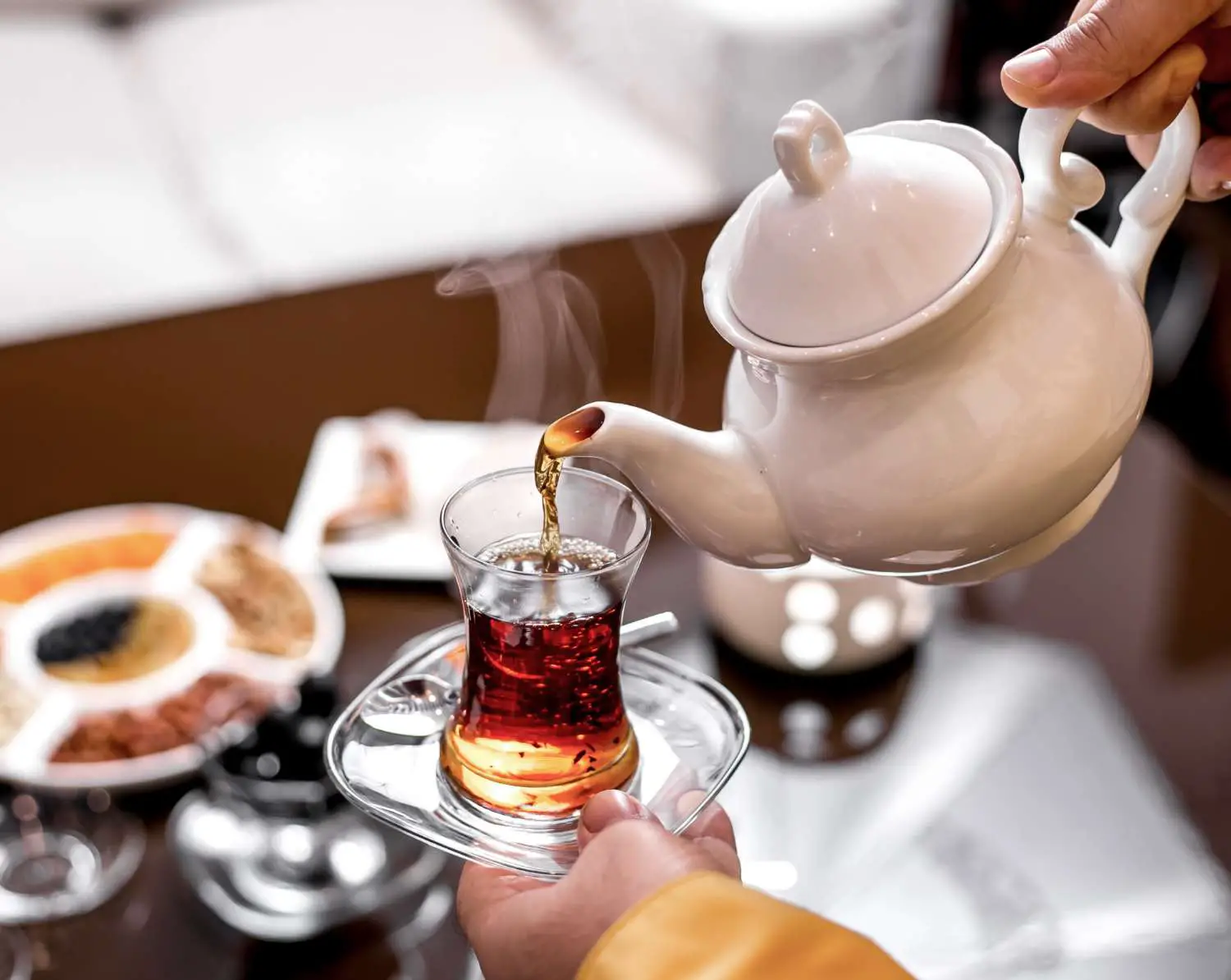
If you want a stronger tea brew, add the tea leaves and not extend the steeping time. As brewing continues, shake the pot once or twice to allow blending of the infusion.
Read More:
How to Properly Steep Tea Bags
8. Always Preheat the Teapot Before Using It
Before you start brewing tea in your favorite teapot, it’s important to preheat the vessel with hot or boiling water.
There are many essential reasons why preheating your teapot is crucial, especially when you want to achieve better results.
First, warming up your teapot will help you obtain a strong and rich tea brew since a hotter pot will absorb more flavors. This ensures that you get the most out of your tea leaves.
You won’t have to wait too long when steeping tea in a preheated teapot as it will infuse more tea flavors within a short time.
A Preheated teapot will also stay hot for a longer time as the water temperature remains high when poured. This will give you a rich and warm cup of tea once brewing is complete.
Another important reason for warming up your teapot beforehand is to prevent breakages. Depending on the material used, cold teapots can damage or break easily when a lot of boiling water is added instantly.
While you may think that your teapot is sturdy, the boiling water can cause cracking from the inside.
The small cracks may be invisible from the teapot’s exterior, but they can shutter your teapot over time.
You might wonder if it’s okay to preheat your teapot on the stove, but the answer is no. Don’t place your teapot on a stove or any heat source as it will crack, warp, or even worse, break.
9. Keep Your Teapot Clean
After using your teapot for some time, you’ll notice that it sustains stains from tea and infusions of the mixtures you prepare in it.
It’s important to look after your teapot by cleaning it after every use. This will enhance your teapot’s durability and ensure that it serves you for an extended period.
Regardless of the material used to make a teapot, keeping it clean will guarantee a long and healthy lifespan.
However, you must never use detergents or strong wash-up liquids when cleaning your teapot as they may ruin it.
The best way to ensure that your teapot stays clean is by rinsing it thoroughly with clean hot water after every use and leaving it to dry.
After cleaning the teapot, you should remove the lid and leave it out in the open air to dry before storing it.
Moreover, it’s wise to avoid letting tea or water sit for too long in the pot. The liquid may stain the inside walls of the teapot.
If you want to give your teapot a deep cleaning, you can use natural cleaning products such as white vinegar, bicarbonate soda, and lemon juice.
When used with boiling water, lemon juice is also very effective at removing smells in brewing vessels. You only have to let the mixture steep in the teapot for about 24 hours before rinsing.
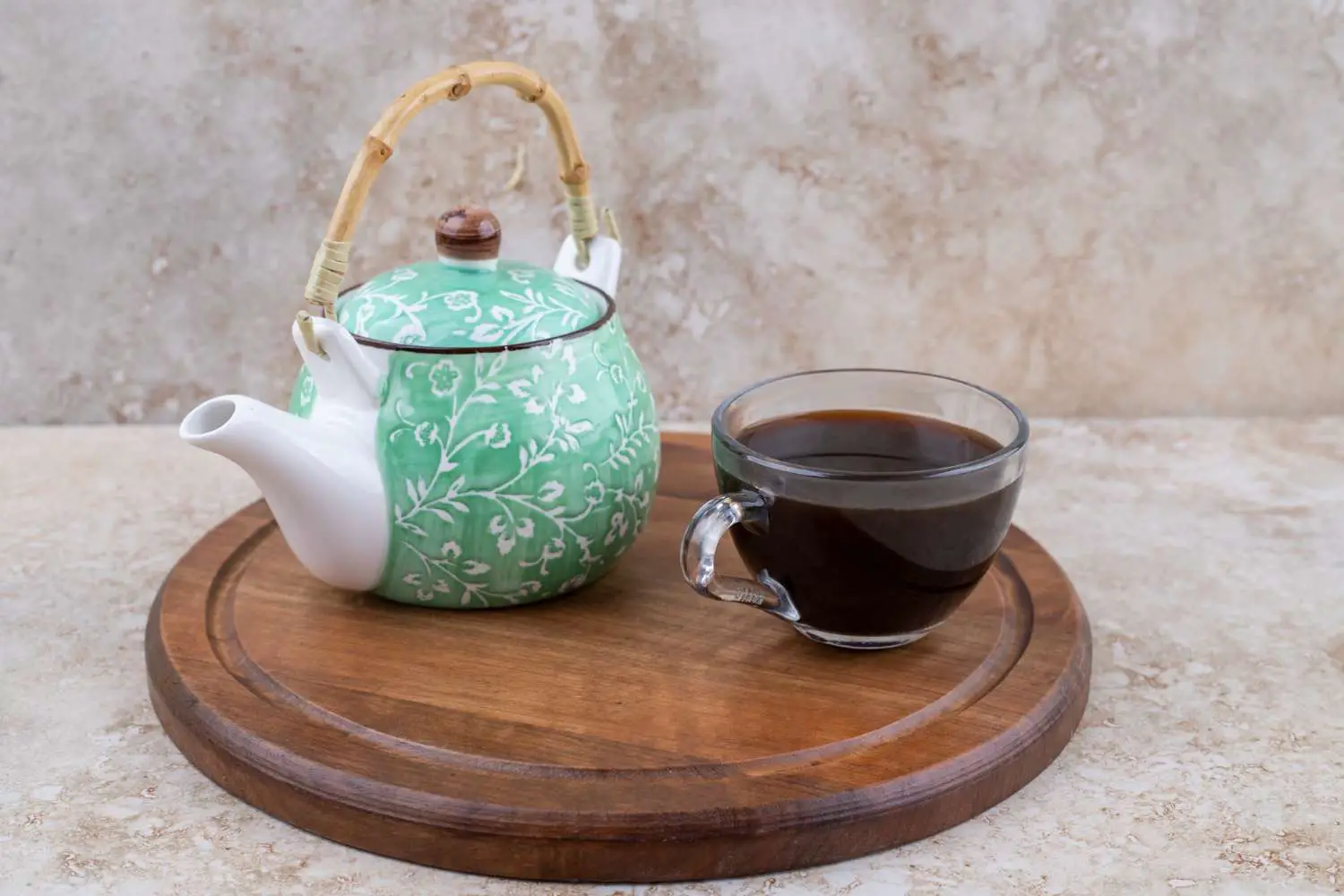
10. Store Your Teapot Properly
Did you know that where you store your teapot plays a significant role in determining the quality of tea you brew in your vessel?
Well, this may seem like an exaggeration, but it’s very crucial. You must ensure that you keep your teapot in a clean, dry place that has no smells.
Keep in mind that your teapot will eventually absorb odors when you place it in an area that has pungent smells.
Ideally, you should find a neutral environment like a pantry or living room cabinet other than the kitchen to store your teapot and keep the lid off.
If you don’t plan to use your teapot any time soon, you may consider leaving a few dry tea leaves in it to prevent humidity and a bad smell.
FAQs
Conclusion
As you know by now, it’s easy and effortless to brew a delicious hot cup of tea in a teapot when you do it properly and follow the instructions.
However, you can also end up with a terrible cup of bitter tea when you brew it wrongly. The tips provided above should guide and help you get better at how to use a teapot.

